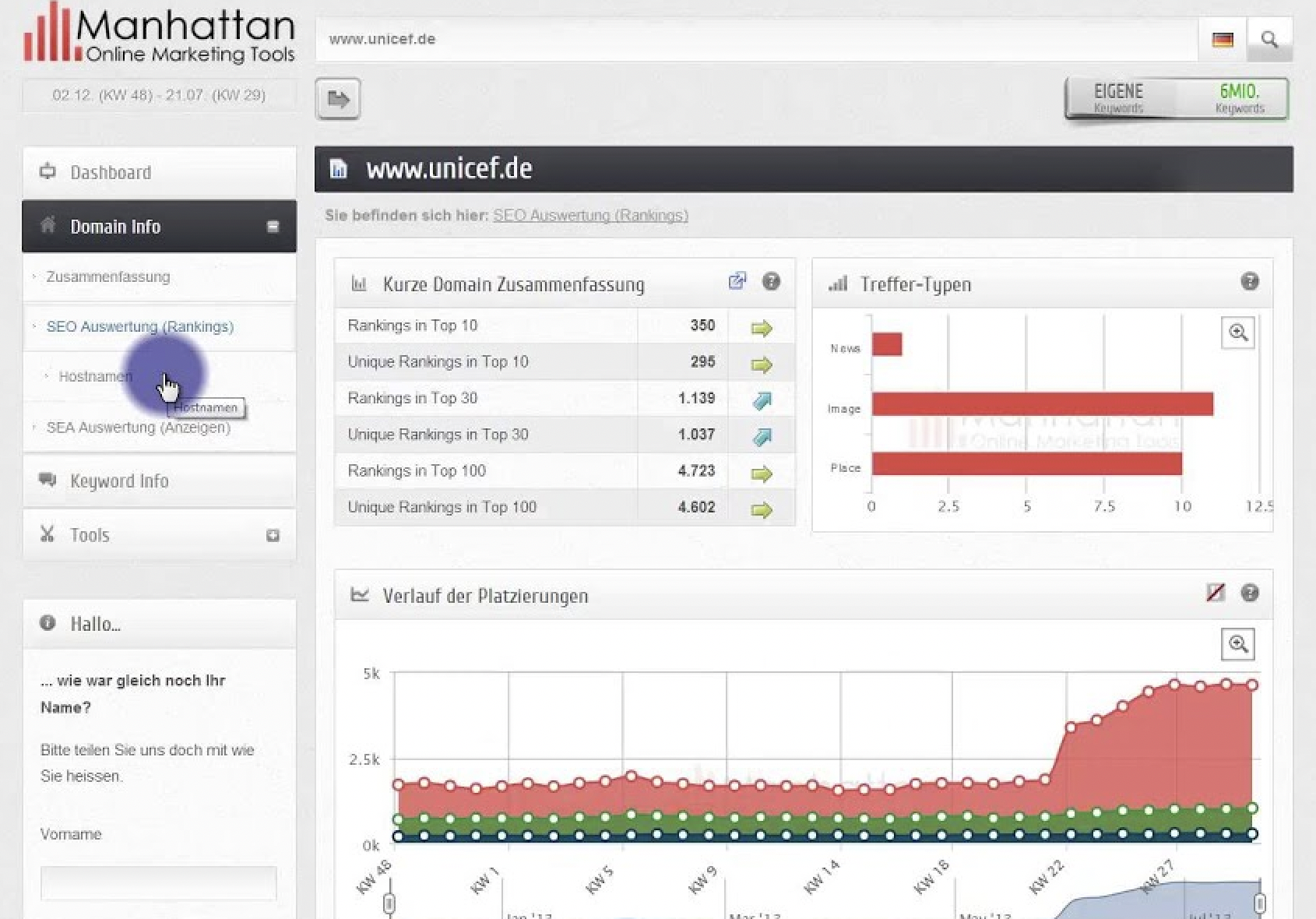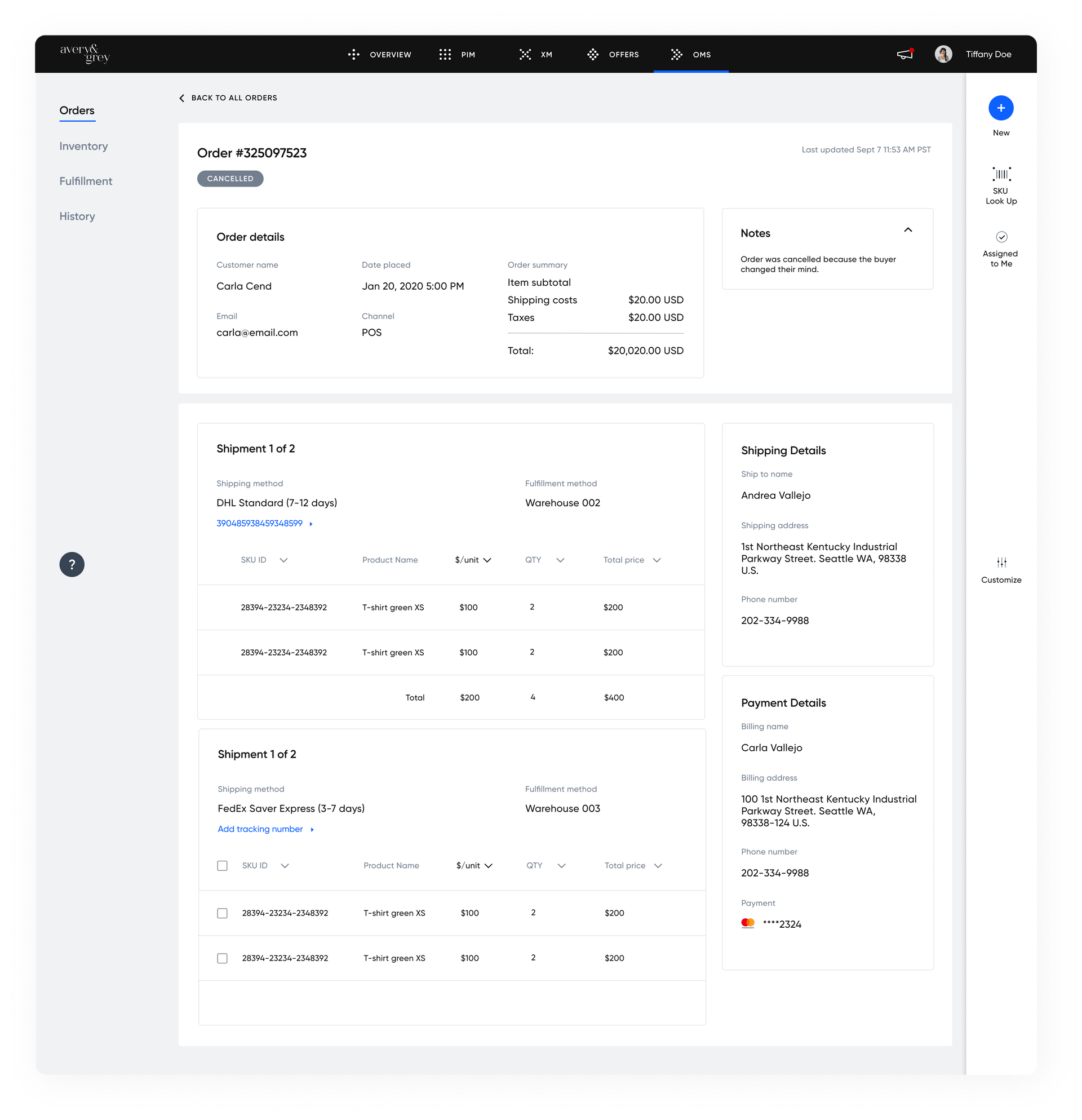What Is Manhattan Order Management and Its OMS Alternatives?

Manhattan order management is an order management system (OMS) owned by Manhattan Associates. It provides retailers with a 360-degree view of orders online and in-store. Although it has other advanced features, retailers primarily use Manhattan OMS to get real-time access to customer transactions and order orchestration across the enterprise.
While Forrester refers to Manhattan OMS as a leader in the order management system space, the fact remains that it has been around for a decade–and isn’t as cutting-edge as recent ones using a headless and microservices architecture. That means it is crucial to weigh the pros and cons of Manhattan OMS and its alternatives when considering OMS software.
[toc-embed headline=”Manhattan Order Management Overview”]
Manhattan Order Management Overview
Advantages of Manhattan OMS
Manhattan order management offers a wide range of benefits to its users. It helps brands and retailers improve their order fulfillment process and lower overall risks. As a result, retailers can enhance their business performance and reduce related expenses.
Manhattan OMS can seamlessly integrate with the existing enterprise resource planning (ERP) system. This makes it easy to manage your order entry, tracking, credit limit checks, and delivery dates–resulting in efficient and smooth inventory management and an uptick in sales.
Fully omnichannel, Manhattan order management also supports buy online pickup in-store (BOPIS) and buy online. return in-store (BORIS). It’s also convenient for any fulfillment channel, including home shipment, ship from store (SFS), in-store pickup, and same-day delivery for the same order.
Disadvantages of Manhattan OMS
Manhattan OMS is built on a legacy platform that does not work with the recently emerging headless and microservices-based e-commerce technologies. This creates a huge gap that the company can not bridge.
From a flexibility standpoint, Manhattan OMS has many shortcomings that make it hard for users to apply the changes they need. In addition, reviews reveal that the system is far too expensive for the service it provides, and problems that arise are often difficult to troubleshoot quickly.
Overall, in the wake of new technologies, Manhattan order management has shaped up to become a poorly performing OMS. The user interface is hard to navigate and is confined to a small number of result sets on a single screen as seen below.

[toc-embed headline=”Manhattan OMS Alternatives”]
Manhattan OMS Alternatives
Traditional alternatives to Manhattan OMS
- IBM Sterling Order Management offers retailers the flexibility to integrate with multiple external systems. However, it takes longer to deploy, even for minor changes. This results in frequent maintenance and overheads.
- Oracle Order Management has been in the market since 1993 and thus, is the world’s oldest OMS platform. Despite its age, it offers a wealth of integrations with several other software, which still makes it appealing to brands
- Salesforce Commerce Cloud, also known as Demandware, is younger and relatively more modern than the alternatives mentioned above. Nevertheless, due to security and speed shortcomings, users still classify it as a legacy solution.
Modern alternatives to Manhattan OMS
- BigCommerce has a headless architecture that gives it greater compliance, unlike other legacy OMS software. However, it is still not as resilient as microservices-based alternatives and does not let users apply the changes they need. Moreover, it is costly.
- Shopify is one of the most popular modern OMS platforms. Although Shopify offers relatively more flexibility than traditional OMS software, it is losing the prominence it has always had because it’s not built on a microservices-based architecture.
- fabric OMS is undoubtedly the leader in OMS security and flexibility with its cutting-edge architecture. In addition to having an intuitive and easy-to-use platform, it has a microservices-based architecture that lets you customize it to suit your specific needs. Furthermore, it can seamlessly integrate with other e-commerce infrastructures.
[toc-embed headline=”Key Takeaways”]
Key Takeaways
- Compared to other traditional order management systems, Manhattan OMS has more advantages but still lags due to its poor UI.
- Like most OMS in its category, Manhattan order management lacks flexibility, which results in more overhead, especially when you need more features.
- While other modern OMS software like Shopify and BigCommerce are more or less feature-rich, they don’t offer much of the scalability and customization that true microservice-based commerce platforms do.
- fabric OMS offers security and customizability that meet the standards of modern enterprises. Plus, it’s a more affordable solution for users because you only pay for the services you need.

Tech advocate and writer @ fabric.
